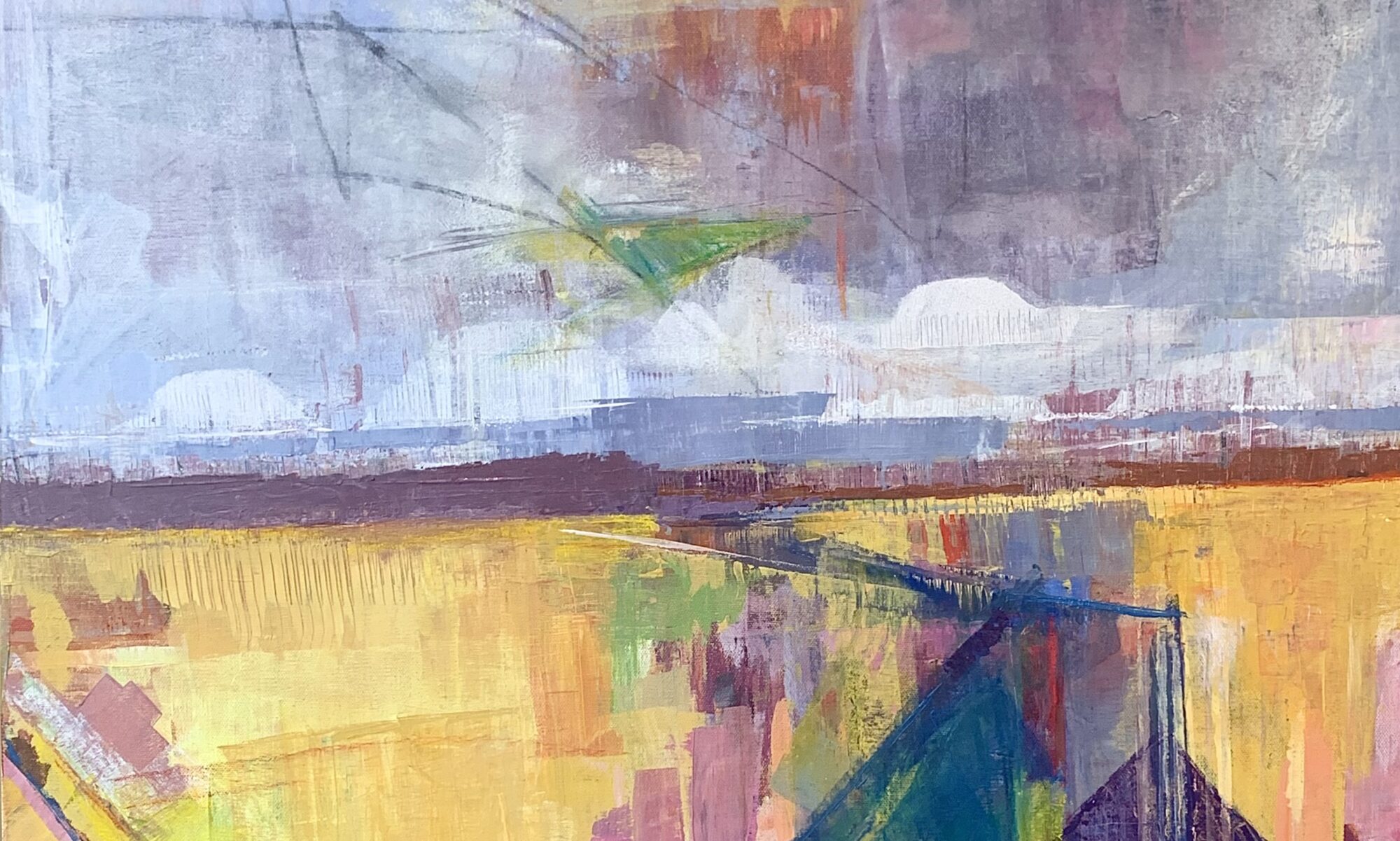My recent work provides me with an entirely new outlet for my obsessions. I feel that I often treat my art not as a grand statement, or a refined image, but rather as a series of experiments. I am seduced by the endless possibilities of what can form on a two dimensional surface. This is what propels me forward. Therefore, I have little patience for laboring over large precious canvases and carving out detailed images. One thing that I constantly struggle with is the balance between abstraction and representation, as well as spontaneity and control. This new body of work, the “Chromascapes” deals with these issues in ways I previously have not.
My subject matter has always used the natural world as a primary source of inspiration, whether that be through abstract biological forms, landscapes, trees, or patterns. Nature remains the subject of the Chromascape Series, though less directly. While I have included my pastels under the the umbrella of the Chromascape Series, I handle them very differently. For right now, I am merely speaking of the acrylic paintings. The paintings all feel like landscapes to some extent. The primary reason for this is that almost all the paintings of this series have a horizontal line or break in them that creates the sense of the horizon. One question I must ask myself, and ask the viewer, is whether these would still be landscapes without it. Obviously, I embrace the use of landscape through my titling, “Chromascape” which represents the idea of a color landscape. These are works of color, with color being the primary subject and landscape a secondary one.
Nature is also addressed in the methodology of these works. Water, in a sense, does the painting. I pool large amount of water on the surface of the paintings. I use pouring methods, and minimal brushwork, to push paint through the water. Environmental factors in the room, on the surface of the table, and in the paint itself, control most of the major directions. I make minor adjustments, by dragging a pool of water in one direction, or angling the canvas. The ways the colors mix, bind, and dance around each other, however, remains mostly out of my control. I suppose I consider this a collaboration between myself and the water.
The process is difficult for me, it is a leap. Many contemporary artists have used similar art making processes, and I have often seen it to be a gimmick. Despite my reservations, I have come to this process naturally, after years of painting practice and I see it as the next logical direction for my work to take. Rather than try to make these into something they are not, I want to simply understand the process, method, and concept I am bringing to these works. They are color, water, movement, chance. They are what I believe the universe to be. I think it is important that they are landscapes, because the landscape ties them to our worldly experience, it brings them home to our day to day lives. The landscape is an image we can relate to and through it I hope we can appreciate the explosion of potential behind it.
